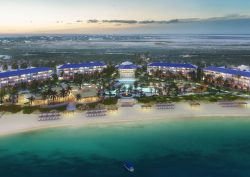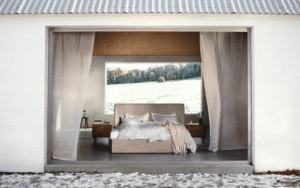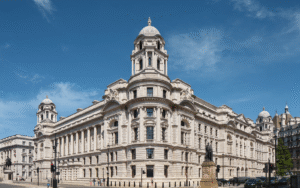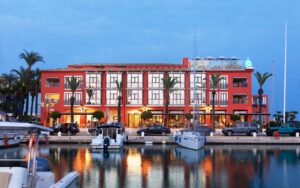Ahead of joining a panel discussion at Interior Design & Architecture Summit, James Walsh, Creative Director of Studio Anyo, who has worked on a number of modular hotels for brands such as CitizenM, YOTEL, room2 and others, shares his ecological-design ethos on how to achieve a carbon-positive future in hotel development…
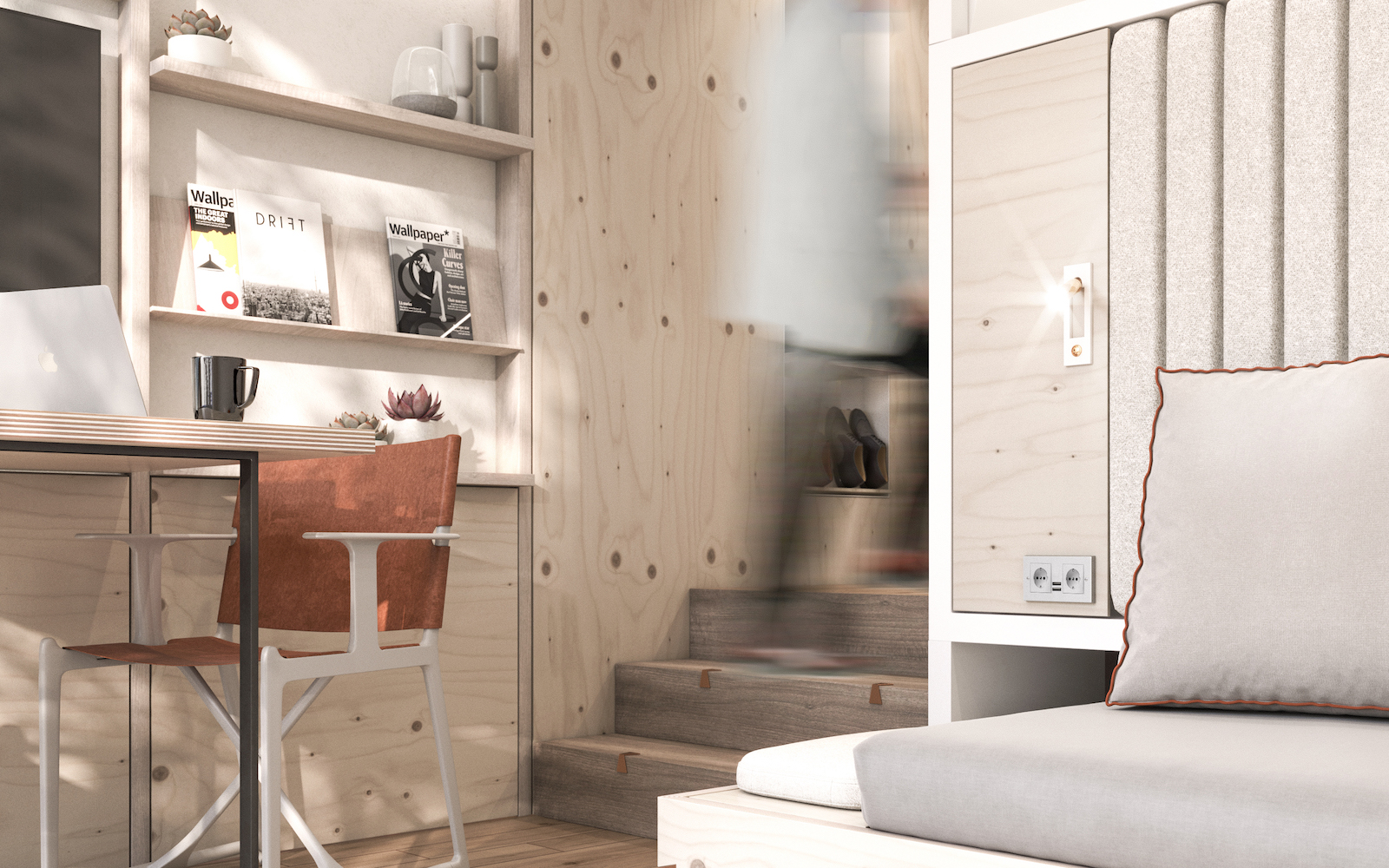
We are living in an eco-system that is on the verge of collapse due to global warming; reaching a point of no return possibly within our lifetime. So how sustainable is a discretionary industry based on leisure activities for a limited group of individuals?
In a time when people do not have clean water to drink, an industry that thrives on large, chlorinated swimming pools are claiming to be sustainable, but while the chlorine may be killing the green algae, the hospitality is still the same colour – greenwashed. The fundamentals of the travel industry are based on air travel, which is the most polluting of our carbon outputs with little sign of improvement until 2050 targets for carbon reduction and biofuels are capable of being implemented.
Meanwhile, hotels are asking their guests to reuse their towels and save on the cleaning bills – sustainability, tick – rather than requiring them to offset their travel carbon. It is time to reset and move toward a true sustainable approach for the leisure industry.
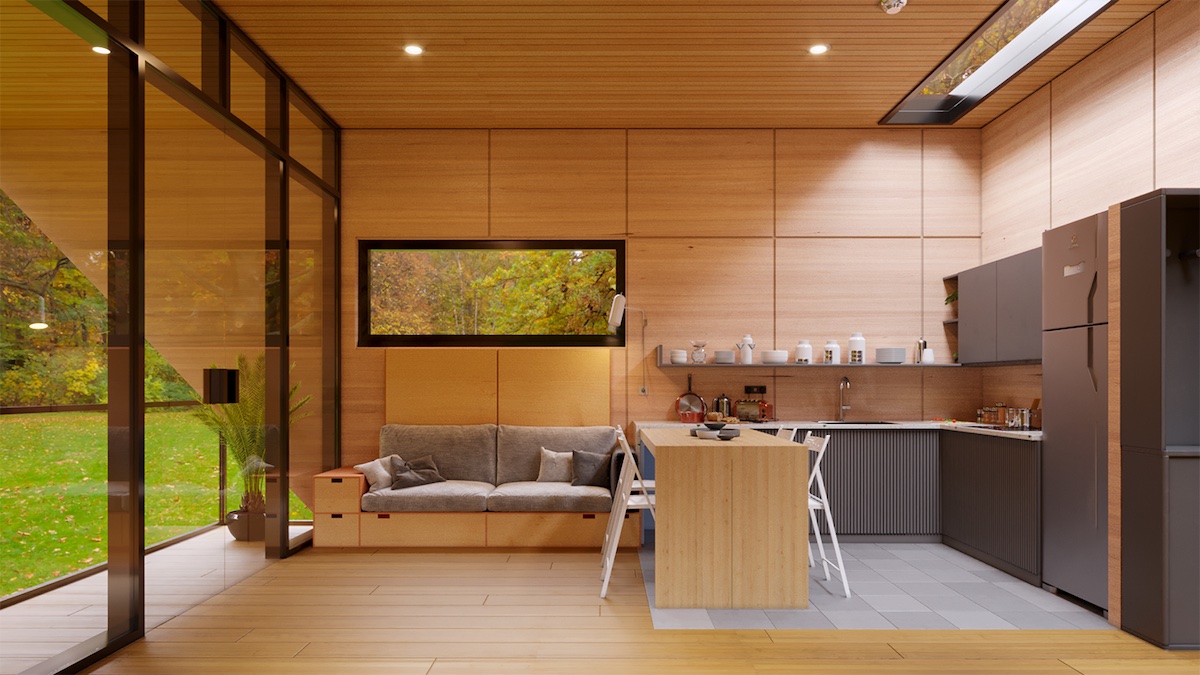
Image credit: Studio Anyo
So where do we start? There are two components that we must review to start creating a more sustainable industry. First is the carbon cycle, and then we need to review the impacts on our eco-system.
Let’s start with the carbon story, as it is perhaps the most pressing; given we are having incredible success at slow cooking the entire planet with excess heat due to the higher levels of carbon content in our atmosphere. Although the additional heat may seem great to the sun-worshipers, the frog in the pot will tell you that it is not sustainable for a long period. The carbon story is made up of two parts, the amount we use to create the building, embodied carbon, and the amount we need to use the building – operational carbon, travel, cleaning towels etc.
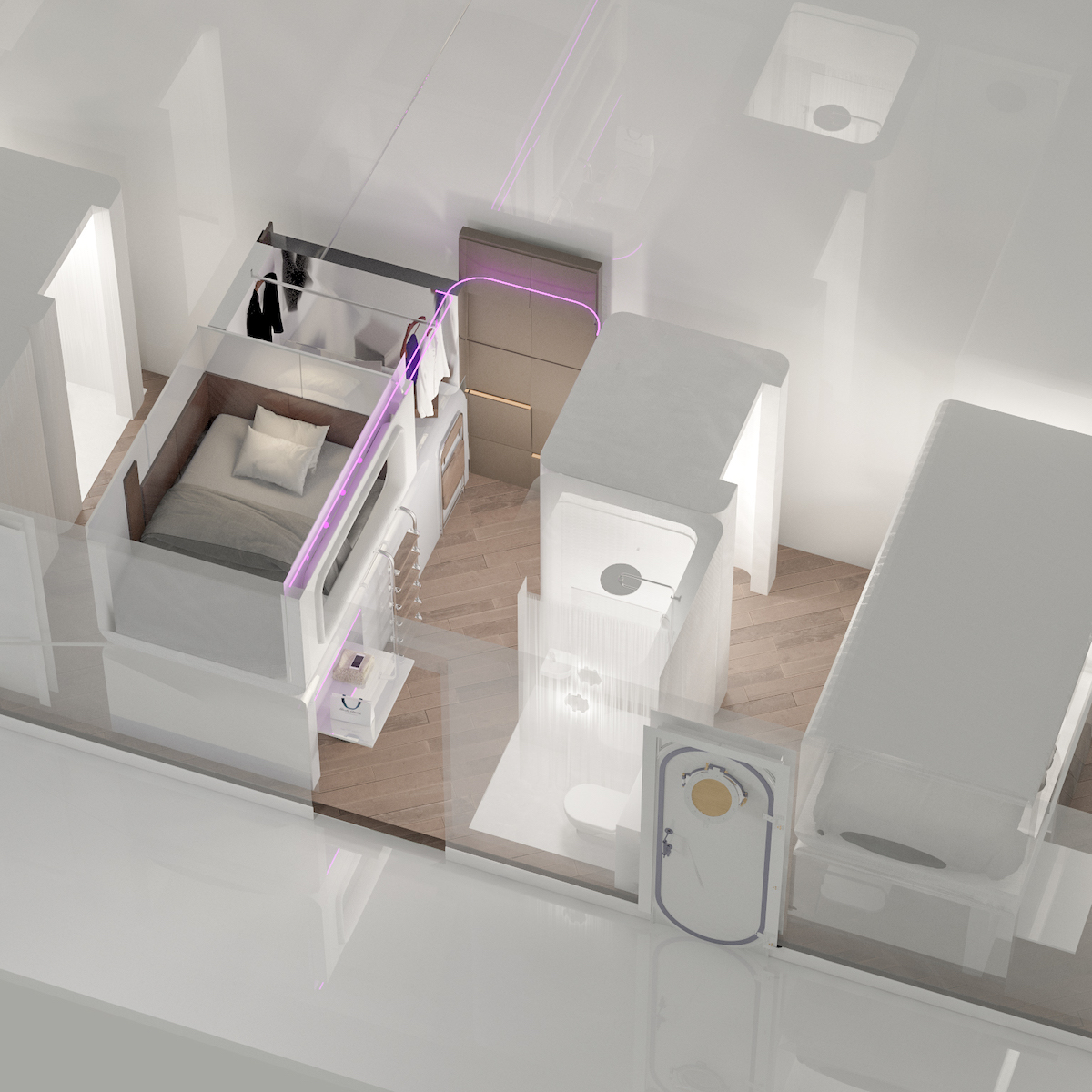
Image credit: YOTEL
Embodied carbon is now well-understood. It is modelled and embedded within many ESG requirements and a low-hanging fruit in terms of a move towards a sustainable future.
The start is simple: use more trees, wood, bamboo, earth walls etc., anything that grows and reduces carbon bringing a carbon credit to the building. Anything we make or process is carbon negative, and materials that use a carbon-intensive process, like concrete, for example, has a major negative carbon cost.
Transport plays its role. Importing timber from halfway around the world isn’t the way forward and adds more green to the greenwash. This part of the industry is maturing, and a lot of great work is happening in this area, particularly in the offsite manufacturing processes, which assists in reducing the carbon content of the building when done properly. All you must do now is state that you want a carbon-neutral building and add the cost impacts to your appraisal; let’s say 10 per cent uplift; and away we go.

Image credit: Studio Anyo
Operational carbon is where a lot of the cheating begins, and what is counted and what isn’t is a dark art controlled by the marketer. ESG policies should be entered into the Booker prize for fiction and carbon statements should be read as great works of mathematical manipulation where fact bears little relationship to reality.
So, what are the basics you need to produce more energy than you consume, and offset the amount of carbon need to create the building and the guests of the building using it? The fact is, currently, almost every activity requires energy to be used to undertake that activity releasing carbon to the atmosphere in the process. The challenge is to reduce/ eliminate the amount of carbon each activity takes.
There are many great examples of how these that can be easily implemented, sourcing renewable electricity, low water systems, removal of gas cooking etc. but it needs to be looked at holistically to be effective, and the fact is these costs need to be added to the guest’s bill.
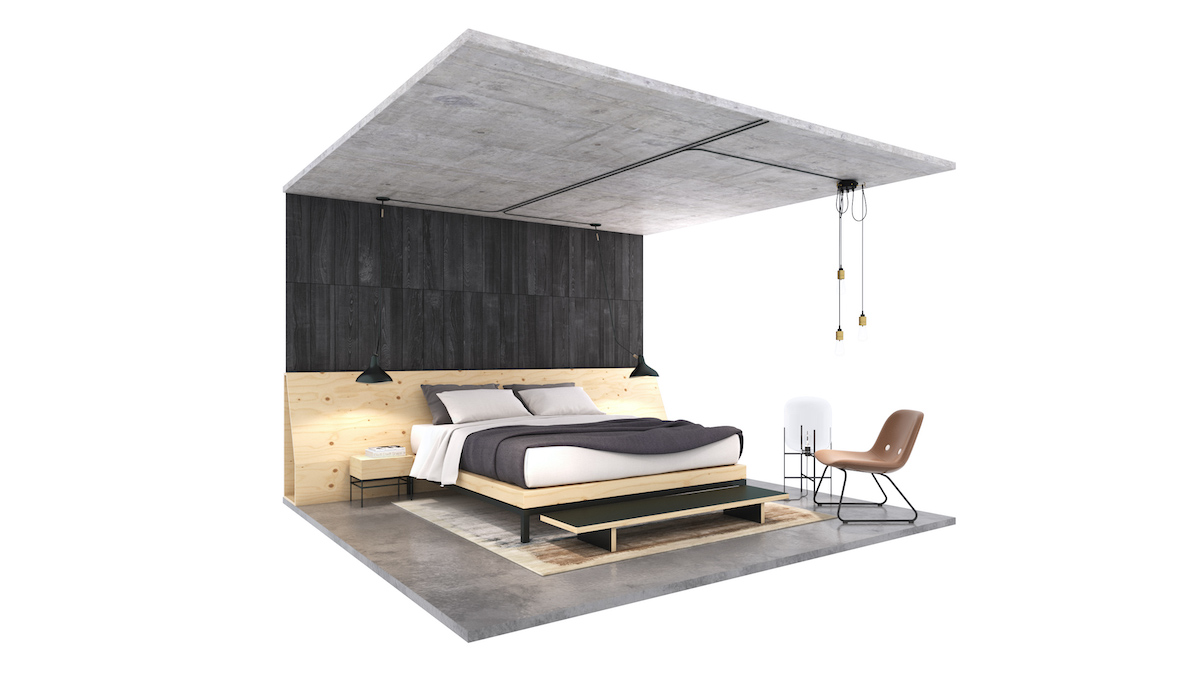
Image credit: Studio Anyo
Let’s push the two narratives together to achieve a happy and healthy ending. If we reduce the amount of carbon used to create our buildings and reduce the amount of carbon used by our guests, then through the use of renewable energy sources possibly also within the building, i.e. solar panels, we can generate more energy than we need and use that to mitigate the carbon equation.
We can pay back our carbon costs within, say, 10 years and operate as a carbon positive enterprise, but we will need to do more to mitigate the damage done to date. This means the industry can, after the payback period, become carbon-positive and reduce the amount of carbon entering the atmosphere and perhaps, well, save the frog.
Finally, staying with the now truly greener frog, it would be great if the industry helped reduce the carbon story, but we must also look much further at our impact on our eco-system. The industry tends to focus on the most sensitive environment on the planet, so we experience how the frog lives and see it in its native environment. Without better consideration of the how we impact nature with our resort designs, we will destroy the very environment we are so keen to experience.
Through biophilia and permaculture/pattern design systems, we can look to nature to design our buildings to enhance the local environment, examples would be a living swimming pool which cleans its own water with reedbeds rather than a sterile chorine filled pool. Food for thought, perhaps, but are we willing to swim with the frogs rather than enjoying cuisses de grenouille?
James Walsh will join Editor Hamish Kilburn and a handful of other design experts to discuss ‘the green agenda’ the Interior Design & Architecture Summit, which takes place on June 26 at Hilton Canary Wharf London. Qualified designers are eligible to attend for free – just speak to Josh Kingsmill from Forum Events to book your place. If you are a supplier, and would like to meet qualified designers and architects at the event, please speak to Olivia Jackson.
Main image credit: Studio Anyo







